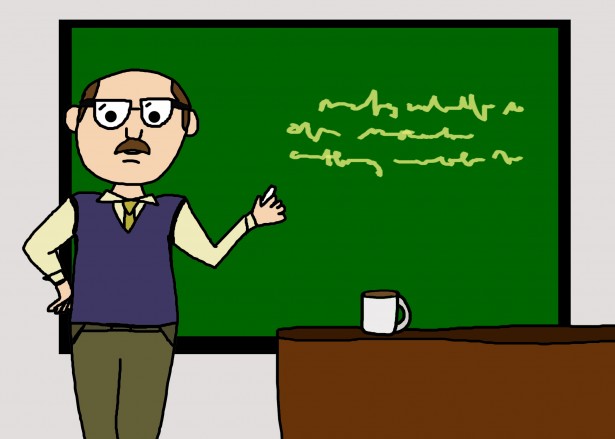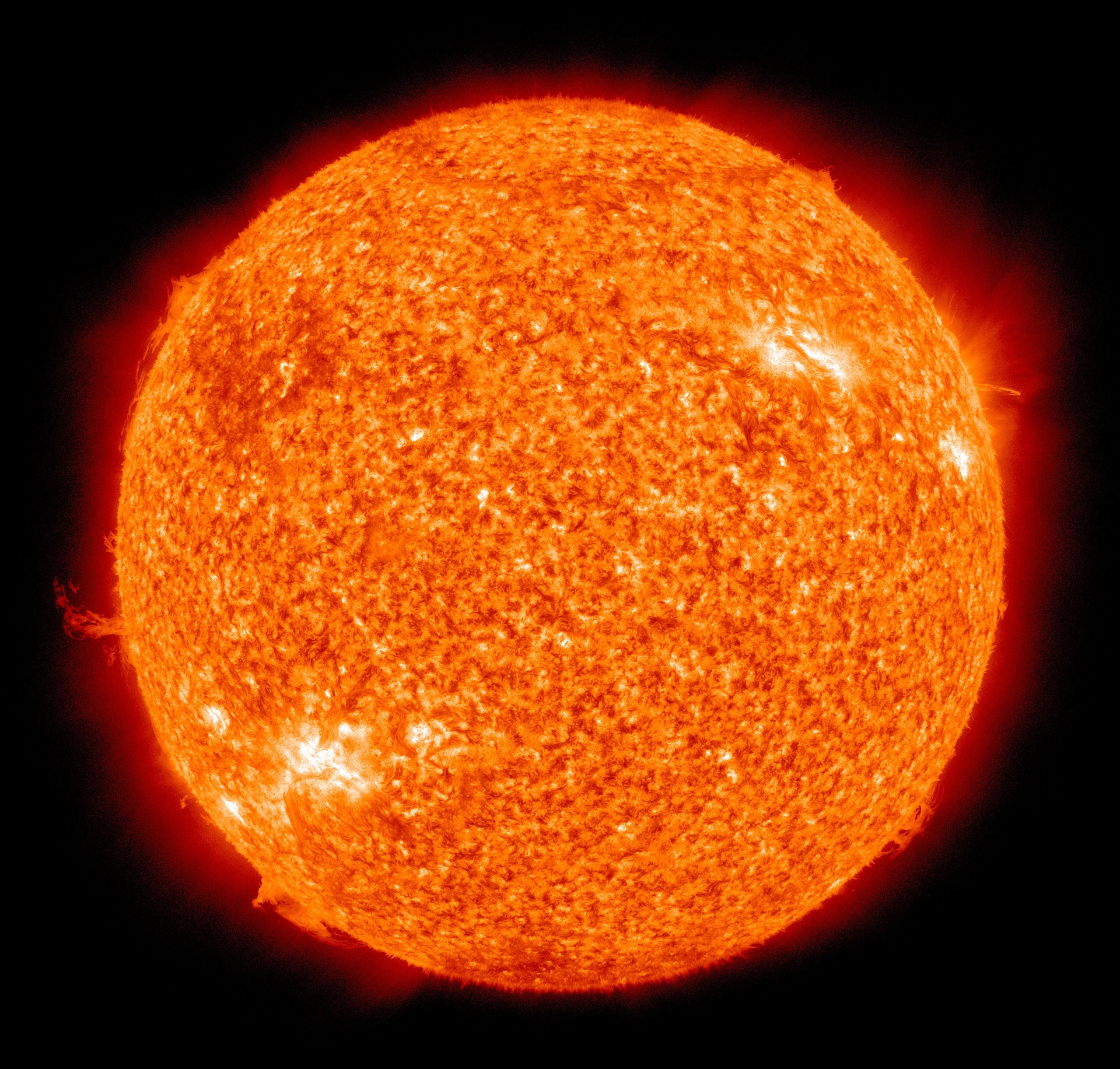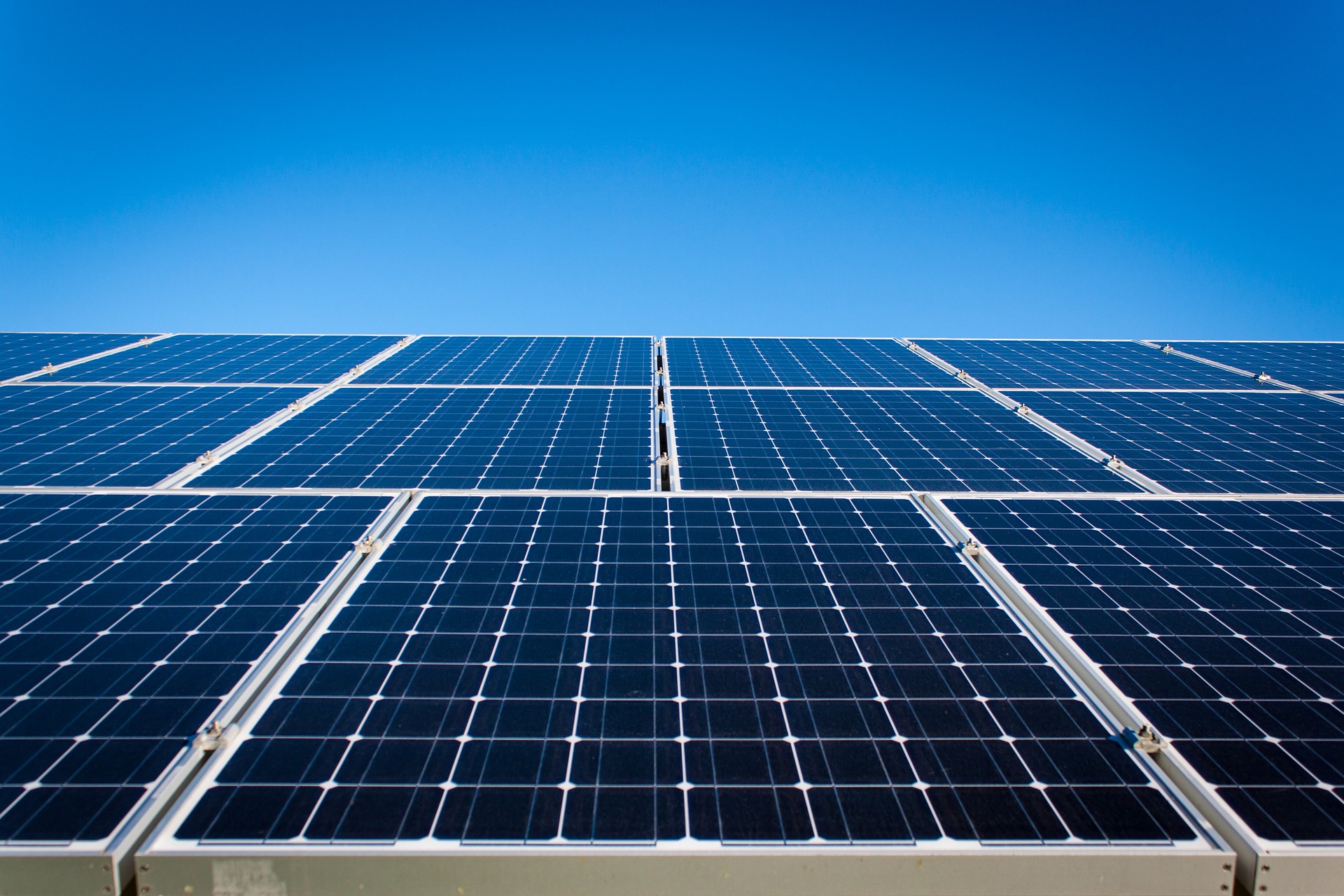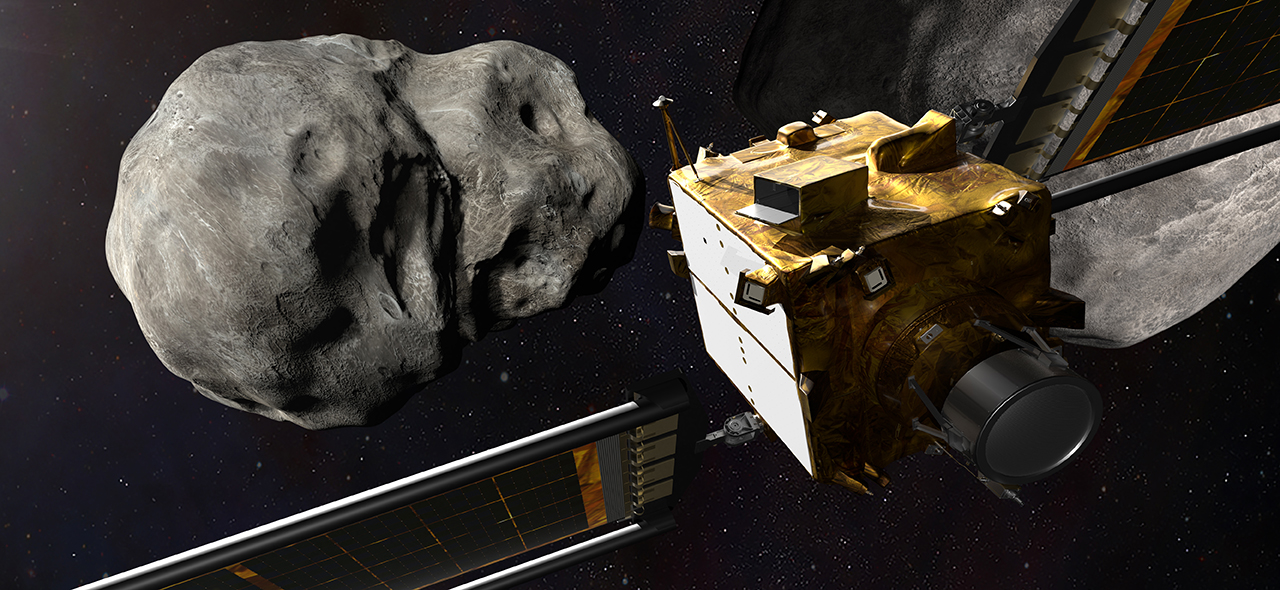Nathan Walemba
The quantum computer was first theorised by Richard Feynman in 1982. Nathan Walemba, a 1st year undergraduate studying Materials Science, gave his Chalk Talk on what a quantum computer is and how far they have come since their original proposal.
Feynman’s suggestion sparked a frantic race between companies such as Google, D-Wave and IBM to create viable quantum computers. Attempts have been made to harness the quantum properties of materials in order to replace the classic computer bits (binary units that store data as a series of 1s and 0s) with quantum features, the most common of which is a qubit.
In a qubit, data is stored in terms of electron spin (an intrinsic quantum property). The spin can be up, down, or both simultaneously. This third state significantly increases the theoretical capacity of a quantum computer over the classical analogue. Problems arise when you try and scale up the computers above even a few qubits. The “noise” they create can make it difficult to distinguish signals and produce quality data. Synthesising or honing materials to make more efficient qubits may offer a solution to this problem.
Walemba explained a number of different techniques used to combat this issue. Qubits made out of silicon have no intrinsic spin, giving us more control over electron states. Complex neodymium alloys can make superconducting qubits which provide no resistance at low temperatures. Walemba’s own tutor (Professor Jason Smith, Mansfield College) is exploiting the natural defects of diamonds to create efficient qubits. By shining laser beams at diamonds, Smith can observe quantum interactions between light and matter that could be useful for quantum data storage. In October 2019, Google announced they had achieved quantum supremacy. This means they have a quantum computer capable of completing a task much faster than its analogue equivalent: 10,000 years vs 300 seconds respectively. This was quickly corrected by IBM who predicted that classic computer would take only 2 days. Even so, this is a big step towards the quantum computing world that Feynman imagined nearly 40 years ago.
Akash Trivedi
Akash Trivedi, a current DPhil Engineering student, opened with a challenging question: what do space shuttles, Formula One cars and lorries carrying a tonne of your favourite chocolate bars have in common?
All of them, Trivedi revealed, have polymers as safely critical components. The foam insulation of the space shuttle is key to passenger survival, the rubber tyres of F1 cars must cope under extreme conditions to keep the car on the tracks and… well… chocolate is perhaps not “safety critical” but it does taste very nice and has many polymer-like behaviours.
When establishing how polymers cope in extreme conditions, there are two key factors to consider. What is the behaviour of these materials at extreme temperatures and how are they affected by loading rate (how quickly and frequently they are impacted)?
Trivedi explained that at low loading frequencies, polymers tend to behave as viscous liquids as they have enough time to relax and form new shapes with each ‘load’. As the loading rate increases, the polymer doesn’t have time to relax and reform so behaves as a much harder material. The transition between these two behaviours is almost instantaneous and is known as the glass transition.
Changes in polymers’ mechanical performance is also observed with increases in temperature. At low temperatures, polymers are more brittle and glass-like; at high temperatures, the intermolecular forces that hold the polymer chains together break and the material is more soft and rubbery.
Trivedi drew graphs of these transitions, illustrating how these properties are direct reflections of each other. At low temperatures and high loading rate you have a glass-like solid, whereas at high temperature with a low loading rate you have something more rubbery.
These opposite trends create fantastic opportunities for engineers like Trivedi. Instead of having to simulate brutally hot and high loading conditions, materials can be tested in low temperature, low loading environments, which are easier and cheaper to recreate in the lab, and give equivalent results.
The applications of this testing are varied and important. Aside from the uses Trivedi introduced in his opening question, polymers are vital components in cycle helmets, large-scale manufacture, and even body-armour. Testing them in polymer-adjusted conditions could rapidly improve the progress made towards perfecting these materials: accelerating innovation and saving lives.
Adam Wright
Solar panels, constructed from photovoltaic cells, are very fashionable at the moment, explained Adam Wright, a post-doctoral researcher in physics. Renewable energy is all the rage and, in production of photovoltaic cells, it’s silica that has cornered the market. The shiny crystalline slabs are now a common sight on roofs around the world with investments from China reducing prices.
However, the production of these cells, which involves high pressures and temperatures, is not particularly green and efficiency of these cells has been stuck at 25% for 20 years. So, is there a better option? Wright seems to think so, and it’s called perovskite.
Perovskite (otherwise known as methylammonium lead triiodide) is easily made in solution and, although not yet quite as efficient as silica, has improved from 0 to 23% efficiency over the past 20 years.
Another great advantage of perovskite is that it’s tuneable. To understand why this is such a great quality, Wright first gives us a quick insight into how exactly a solar panel works.
In silica, perovskite and all other non-conducting materials there is an energy gap between the occupied electron states and lowest unoccupied state. If this energy gap is equivalent in magnitude to the energy of the light from the Sun, the materials can absorb the light converting it to energy to promote an electron from a lower energy state to a higher, previously unoccupied one. As the electron relaxes and returns to its original state, it releases the energy which can be stored as electricity.
In materials such as silica, the energy gap between states is fixed. In perovskite, it is possible to tune the energy difference, ensuring it matches that of the Sun’s rays, thus optimising the system and increasing efficiency. Currently perovskite is most often used on top of silica to enhance the number of rays it can absorb. However, Wright believes that soon there will be a space in the market for perovskite only cells. With researchers like Wright making their case, they may just get there a little faster.





